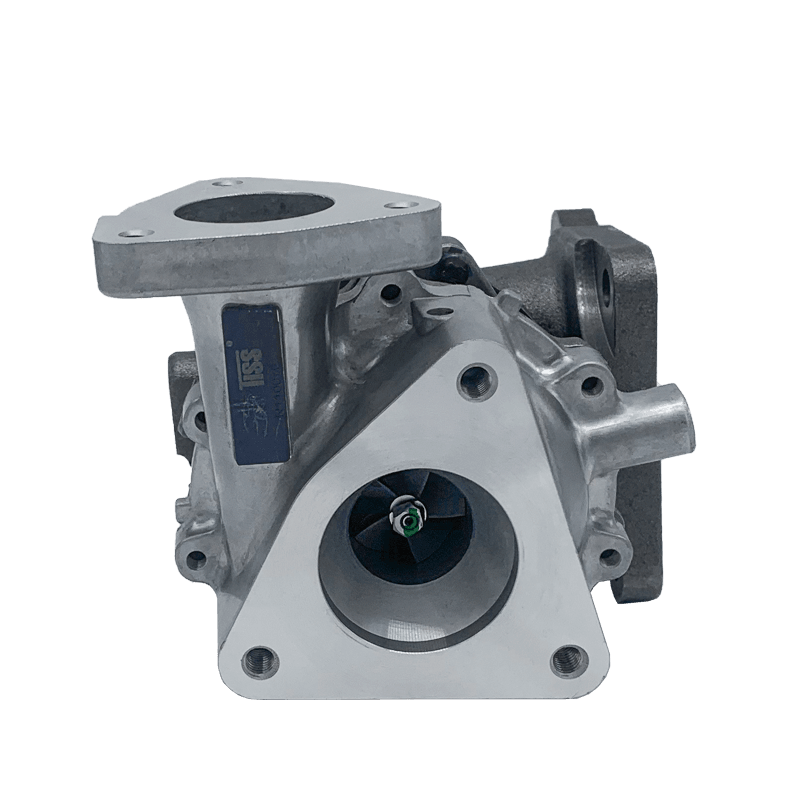BV35 Turbocharger 71724439 lader Lancia Musa Alfa Romeo Mito FIAT Punto Doblo Idea Fiorino 1,3 JTD

The characteristics of this part fully comply with those declared by the manufacturer. The part has been checked for authenticity and functionality by our employees. All necessary certificates and guarantees are available. After the order, the manager will contact you and answer all your questions.
A turbocharger works by compressing the air in the intake manifold to maintain full-rated power at sea-level takeoff. Once the engine reaches this altitude, the turbocharger sprays additional fuel into the combustion chamber. As a result, the fuel burns faster and produces more power.A supercharger will increase horsepower in a vehicle, but there are limitations to its use. The increase in power comes at the cost of increased heat and pressure on engine components. This means that the components of the engine must be better-designed and made from better materials. As a result, the maximum charge will be significantly higher, so the overall power output will be higher as well.A supercharger is a mechanical device that compresses air to a higher pressure. This air is then forced into the engine through an air intake system.
This additional air enables more fuel to be injected into the engine. The process can provide up to 46 percent more horsepower and 31 percent more torque. However, it is important to understand its limitations. High-altitude conditions can compromise the performance of the engine, and supercharging may not be the best solution in these situations.The benefits of a twin-turbocharged engine are many, but their main limitations are cost and complexity. This type of engine offers more power and torque at low and high RPMs, but comes at a cost of more weight. This makes them ideal for cars with space constraints under the bonnet.However, twin-turbocharged engines are also more expensive and difficult to maintain.
Some models may need to be fitted with a new exhaust manifold. Some cars are also not originally designed with a twin-turbocharger. However, this type of engine can significantly increase performance.A twin-turbocharger can be used for both single-cylinder and dual-cylinder engines. In parallel setup, two turbochargers are installed side-by-side. This arrangement can reduce turbo lag and simplify exhaust systems. It was first used in the Maserati Biturbo, a 90-degree SOHC V6 engine. Since then, parallel configurations have been used on engines with more than two turbochargers. The Bugatti EB110, Veyron, and XE-S are two examples.

 English
English 中文简体
中文简体







